Robert Galston
-
Closing up shop
After The Bay closed the supermarket in the basement of its downtown store, and Extra Foods shuttered its stores in the North End and West End locations, there is increased worry that Winnipeg’s downtown and inner city are turning into food deserts – areas with little to no access to fresh and affordable food.
-
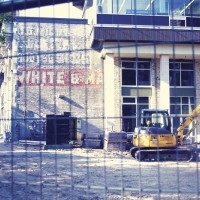
What we can learn from Detroit
After more than half a century of decline, Detroit - the symbol of urban America’s dramatic rise and fall - is making a modest comeback.
-
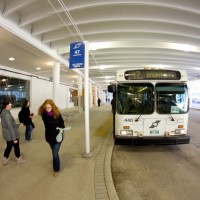
Transit fee increase doesn’t help those who pay it
The first formal rapid transit study for Winnipeg was brought before city council in 1959, nearly 53 years ago. Written by Norman D. Wilson, who by then had planned Toronto’s subway system, the study called for the construction of three subway routes which would wind their way across Winnipeg’s irregular grid pattern. An ambitious plan, it would ultimately be destined to be forgotten by everyone but a few obsessive transit nerds.
-
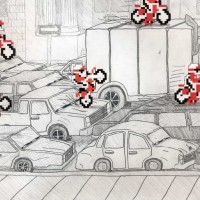
Learning to share the roadway
In May, I spent a couple of days cycling around Manhattan and Northwest Brooklyn. My initial plan, as I nervously set out from my friend’s place in the East Village that first morning, was simply to get up to Central Park with as little time spent on the busy streets as possible.
-

Taking a brands-off approach
The walk headed west down one particular block of Corydon Avenue takes one past a sushi bar, some vaguely trendy boutique, a South Asian tandoori restaurant, a candy store and another sushi bar.
-
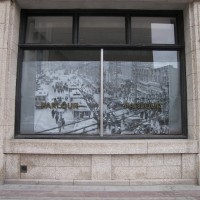
The great importance of a small business
A friend of mine is opening a coffee bar on Main Street in the Exchange District.
-

Follow the leader
In an article in the latest issue of the Toronto magazine Spacing, sports writer Adam Proteau suggested that the MTS Centre is “probably the most urban-friendly sports complex in Canada.”
-

A good plan is hard to find
The University of Winnipeg’s Institute of Urban Studies will soon publish a collection of speeches made by the Winnipeg-born city planner Earl Levin.
-

Downtown dialogue
It is common knowledge that downtown Winnipeg requires revitalization.
-
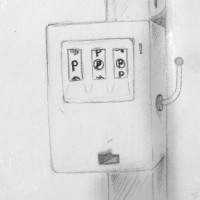
Why downtown Winnipeg needs on-street parking
In their business plan for the next two years, the Winnipeg Parking Authority, the City of Winnipeg’s special operating agency that regulates parking downtown, has proposed increasing parking meter rates and introducing paid parking of $1 per hour on weekday evenings, between 5:30 p.m. and 8:30 p.m.
-

Nostalgia doesn’t pay the bills
“You must be upset about the Paddlewheel closing, eh?” a reader of my blog asked me after it was announced the landmark cafeteria on the sixth floor of the Hudson’s Bay Company Building would close for renovations and be rebranded as a modish chain café.
-
Planning for density, zoning for sprawl
In October, Streetsblog New York, a blog on transportation and smart growth issues, posted an interesting story about an affordable housing development under construction in Brooklyn called “Navy Greene.”
-

The Better Voter Series: Rethinking transportation
Early in her campaign, mayoral hopeful Judy Wasylycia-Leis vowed to defend the things that make Winnipeg great, a list that included quick commute times. While this particular source of “greatness” came as a result of a flat-lined economy, traffic is slowly getting worse as the city maintains modest growth.
-
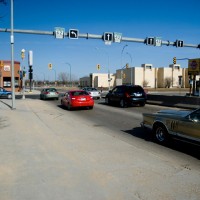
How a freeway could help downtown
Winnipeg does not have any freeways. For many cities, this would be a legacy of planning that favoured residents and their uses over the schemes of traffic engineers. In Winnipeg’s case, it was simply a matter of money: the city has always been too poor to afford them.
-
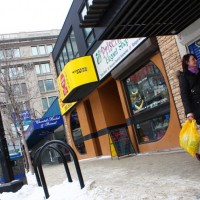
Is it too late for Portage Avenue?
Recently, a New York marketing firm was hired to look into the prospects of downtown Winnipeg’s retail. Focusing on the three retail nodes – Graham, Portage and the Exchange District – the report assessed current realities and tabled recommendations for the future.
-
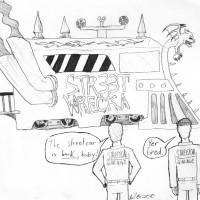
Electric transit: Ahead of its time
In the 1920s and ‘30s, the Winnipeg area had more than 200 miles of streetcar track operated by the publicly-owned Winnipeg Electric Company. Not only did the tracks run up and down almost every major street in the city (Ellice Avenue was a rare exception), but it was possible to travel from St. Norbert to Stonewall, or from Headingley to Selkirk on electric-powered rail transit.
-
Don’t fear the chain store
A small commercial building is under construction at a vacant corner of Sherbrook Street and Westminster Avenue. The main tenant of the building will be a Subway restaurant. Like Stella’s Bakery next door, this small development has been regarded as an attempt to breathe new life into Sherbrook south of Broadway, which some have speculated could become another Corydon Avenue.
-

Lost Winnipeg
Old Market Square, the place in the Exchange to go for historically-themed walking tours, free concerts of dubious quality, or some great people watching (“Hipster or Hobo?” is always a fun game), is actually not that old at all. Built in the 1970s on the site of the old Central Fire Hall as a farmer‘s market and green space, the “Old” was thrown in to add some quaint venerability to the place. The original Market Square was a block north, now buried underneath the Public Safety Building and Civic Parkade.
-
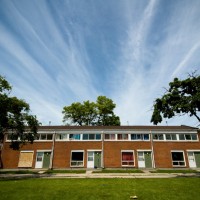
Lost Winnipeg
Do you love learning about our city’s past as much as we do? As part of a four part summer series, Robert Galston, author of local blog The Rise and Sprawl, will examine neighbourhoods’ transitions over the past century, up until the most recent 2006 Census. In May he took a look at South Point Douglas, and in June he visited Roslyn Road and the beautiful homes which once lined the street. This month, we learn about Lord Selkirk Park, a neighbourhood in the North End.
-
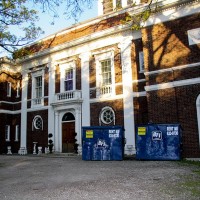
Lost Winnipeg
Since the incorporation of the City of Winnipeg in 1873, the city’s wealthy neighbourhoods have developed in a south-westerly direction, away from Point Douglas, where in the 1870s and ‘80s the young and scrappy assortment of Ontario Protestants who would form the city’s “commercial elite” had lived. Moving to Broadway at the close of the 19th century, they had by 1911 crossed Assiniboine River to Roslyn Road in what is today called Osborne Village.
